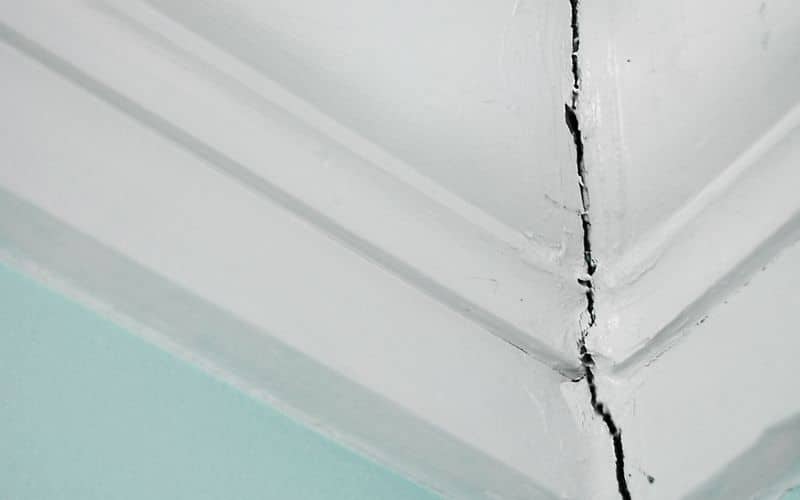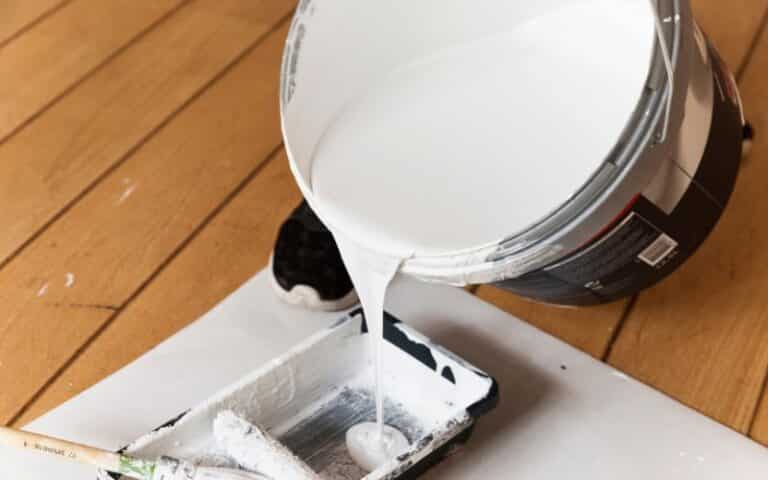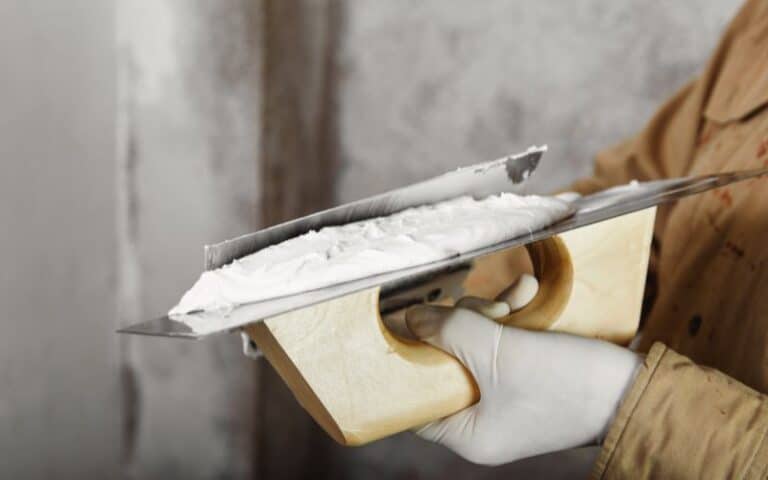Seeing cracks in your drywall is not a good sight.
Aside from reducing the beauty of home walls, it also causes concern over whether it’s a serious foundation problem or something less complicated.
But whichever it is, you need to eliminate it. And for this, there exist drywall sealants capable of hiding the cracks.
One of the most famous is a caulk but is caulking drywall an effective solution in smoothly removing gaps?
Caulks are the simplest sealing materials for drywall cracks, and their application is fast and easy. It is also flexible and resistant to some settlements, effectively hiding cracks in your drywall. You only need to sand, prime, and paint over the applied caulk, and you’ll be left with a wall as good as new.
Dealing with drywall cracks will be less of a problem when you realize quick and effective ways to handle them.
Hence, we’ve developed a detailed article on caulking drywall cracks to help you eliminate wall cracks without breaking the bank.
Ready for a Drywall Quiz?
Can You Caulk Over Drywall?

Caulking drywall is a good idea that saves time and money while providing an excellent finish.
You only need to ensure you use the right caulk and apply it well over affected areas for the best results.
However, while caulking is an excellent solution for drywall cracks, you should note that caulked areas tend to look different from the normal wall color and suffers quick discoloration.
Also, remember that caulk only lasts in temperature-stable conditions as seasonal changes actively affect them.
Below are reasons why caulking is necessary for homes with drywalls, and covering them up is vital.
#1. It Reduces the Chances of Water Damage
Drywall cracks often result from water seeping through and being left unattended.
The cracks can cause more severe damage when this continues, but caulking these gaps develops a barrier stopping water from moving past it.
#2. Caulking Keeps Insects Away
Drywall cracks provide a good home for tiny insects like bugs. And since these insects have an affinity for moisture, they’ll find comfort in these cracks.
But sealing those gaps with caulk removes all entry points and any homes these creatures have built there.
#3. Caulking Obstructs Mold Growth
Mold grows in damp environments, so mold will likely develop if your drywall has cracks allowing water to seep through.
But caulking prevents this by blocking the water seep hence preventing mold growth.
#4. It Improves Home Appearances
Most homes have small holes and cracks that may look like it doesn’t affect their appearance when it does.
Covering the gaps afterward makes you realize how necessary the caulking is, making your home look more polished and attractive.
It is also a great way to boost its appeal to potential clients if you plan on selling it.
Can You Fill a Drywall Crack With Caulk?
You can fill a drywall crack with caulk but note that there is a limit to the crack’s depth for the work to look smooth.
Only excellent caulk will suffice for holes that are 1/8 inch and 1/2 inch, respectively, in width and depth.
Anything larger than this is above just caulking. Filling Drywall cracks with caulk is a good solution.
But to get it right, knowing when caulking is the best idea and when it’s not is imperative. So below, we’ve outlined favorable and unfavorable times to caulk drywall crack.
| Using caulk over new drywall cracks you haven’t caulked before is best. | When Not to Use Caulk |
|---|---|
| Caulking is best done in joints and corners with low traffic. | When the drywall crack isn’t actively leaking water, that could affect its sealing capacity. |
| Caulks come in silicone and latex, so use each according to moisture relevance. | When the drywall crack is too deep or large |
| It is best to caulk during dry weather (below 90 degrees). | When the cracks occur in regions with high traffic within the home, |
| Using caulk over new drywall cracks, you haven’t caulked before is best. | When the temperature varies between hot and cold, especially near areas like doors and windows. |
What Caulk Is Best for Drywall Cracks?
Deciding which caulk is best for filling drywall cracks depends on your taste, what type of crack you’re filling, and a few other factors.
Knowing its properties helps you decide which is best, and below, we’ve explained how to choose the best caulk for drywall cracks, different types, and which is suitable for each purpose.
#1. Application Area
Before applying caulk on drywall, the most important thing is to find out the crack’s location.
Waterproof caulk is best if the application area is moist or close to where it could quickly get wet, like a shower, bath, or sink.
And a silicone caulk is perfect for the job. But for cracks in any other area, any high-quality caulk will suffice.
But remember to prioritize this information before applying to avoid compromising the water-resistant properties of the drywall space.
#2. Types of Caulk
After identifying the application area, the next thing is to determine what caulk type to use depending on its properties.
If your drywall crack requires a firmer filling, silicone caulk is best and is an excellent option for small gaps.
However, remember that it’s difficult to paint over silicone caulk.
So, there are instructions for painting over silicone caulk you must follow to guide you and ensure you get a smooth and fine finish.
And for larger cracks, it’s best to use latex caulk as it’s easier to work with and paint over. But since it’s not waterproof, you should allow it to dry before applying paint or even sanding it.
#3. Durability
Durability is another vital point when using caulk on drywall cracks, as high-quality sealants last longer and resist extreme temperatures.
It’s recommended to choose caulks with high-performance ratings and extended lifespan.
#4. Drying Time
Consider how quickly you need the caulked area dried before choosing the caulk type. Acrylic usually caulks dry faster than silicone ones, so if you need it urgently, choose acrylic caulk.
But if you don’t mind the timeframe and need more durable work, silicone works better.
Considering these factors brings us to the conclusion that there are two well-known caulk types for wet and non-wet areas.
They are silicone caulk and latex caulk. Each one you choose depends on where you wish to apply them and if they fit the purpose you want, which is to eliminate the crack.
Amongst them are different latex and silicone caulk suitable for repairs, so you can choose between them.
Can You Fix Hairline Crack in Drywall With Caulk?
One of the easiest ways to fix drywall hairline cracks is using silicone caulk.
Applying a coat of paint over it works, but silicone is more flexible and durable, so it will maintain the seal even as your home’s drywall expands over different seasons.
If you’re wondering why one can’t use latex caulk since the area may not be moist, it is because the sealing & flexibility property in silicone caulk outweighs that of latex.
Moreover, silicone caulks can withstand any temperature, shrink and expand to fit the area where it’s been applied. Silicone caulk is also more durable and won’t peel or crack.
Application is equally easy, but ensure to buy paintable silicone caulk. It’s easier to work with than regular silicone caulk.
Afterward, apply it to the hairline crack. It could be a tube caulk or smooth it out with a putty knife. Then prime the surface and then paint it for an excellent finish.






